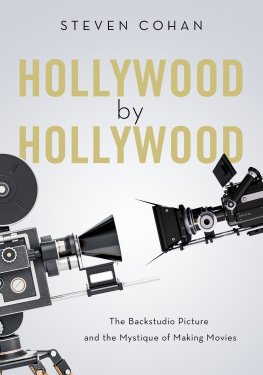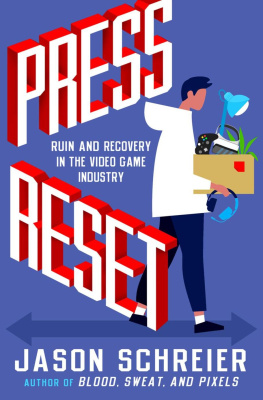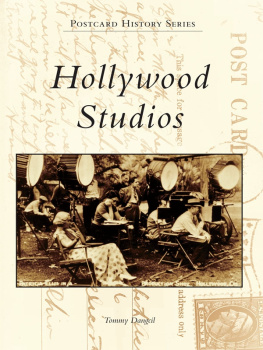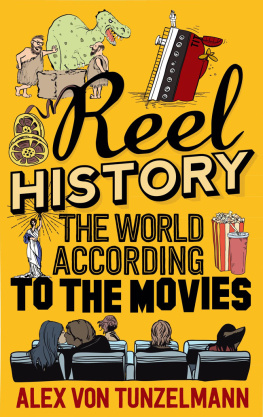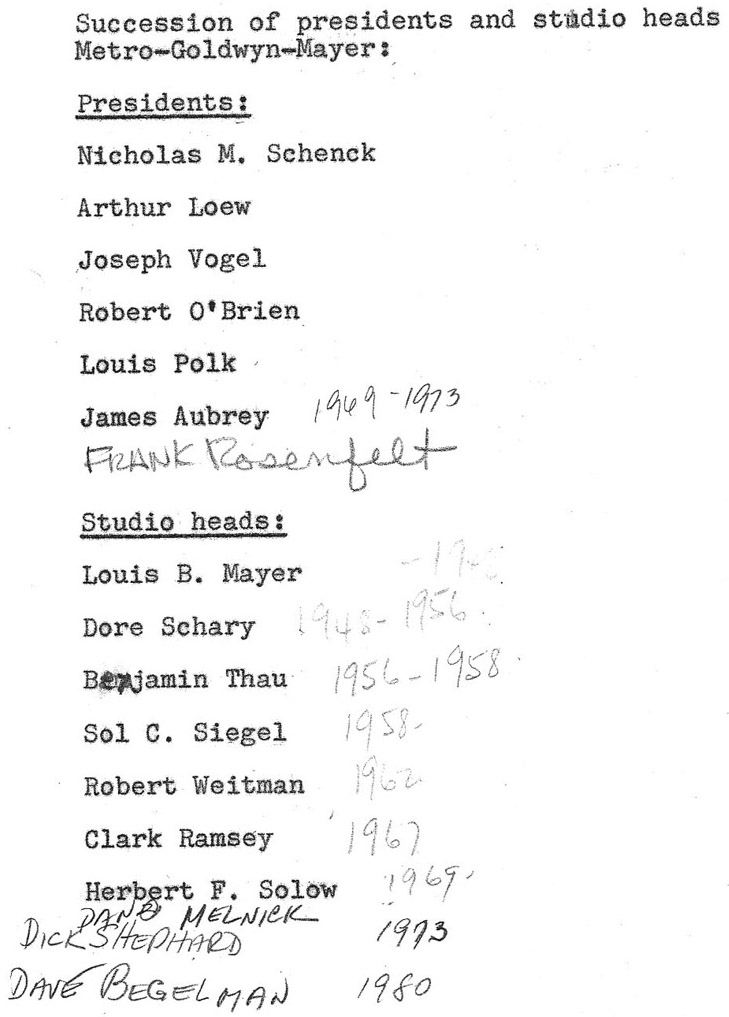During this books gestation, I kept wishing I could talk again to so many of the writers and performers and historians and executives who were so kind to myself and to my coauthors Michael Troyan and Stephen X. Sylvester, during the writing of our first studio book, MGM: Hollywoods Ultimate Backlot and who returned to assist on many of my/our subsequent books as well. Sadly, so many of them have since passed away, which makes me conscious indeed of both the passing of time and of the importance of sometimes asking questions beyond the scope of whatever ones current project may then be.
Fortunately, in a few instances I did just that. In 2010, executive Roger Mayer and his charming wife Pauline invited me to their home in Beverly Hills for what turned out to be a wide-ranging but MGM-centric talk over coffee and cake. Roger was not related to Louis B. Mayer, but he was an influential force for good at Mayers old studio for decades. We are all in his debt for the countless vital restoration and preservation decisions he cajoled or charmed his sometimes-coldhearted bosses into financing. I wish I could thank him again for that, for that day, and for some of his stories and opinions that Ive then been able to pilfer here.
Likewise, there have been, most regrettably, many other late historians or studio veterans who in the past were helpful and generous in sharing their memories or perspectives with me regarding MGM. I so wish I could talk to them again now for that reason, as well as for others. Although reading this manuscript, Ive noticed that, in many cases, their opinions, either duly credited or appropriated by me, have still found their way into this text. So, due thanks to you again: Richard Anderson, Rudy Behlmer, Robert S. Birchard, Billy Blackburn, Earl Hamner Jr., Brainard Miller, Robert W. Nudelman, Debbie Reynolds, Walter Seltzer, and to many others too.
Fortunately, there are a lot of MGM people still out there. As belabored in the text, there has been a lot of consistently worthwhile writing about the studio in recent decades. Ive relied on this material for both facts and personal opinions, probably more than I sometimes should have, due to the inaccessibility of archives and private collections and primary research during the last year of this books preparation during a worldwide pandemic. In some ways, I suppose this is apt because a central tenant of The MGM Effect, after all, has been the studios outside contributions to our larger world.
Ive tried to credit all of this material in the bibliography, but the work of three authors, none of whom I know personally, was particularly useful. Scott Eymans Lion of Hollywood: The Life and Legend of Louis B. Mayer is both well-researched and sympathetic and is a good read as well. William C. Rempels The Gambler: How Penniless Dropout Kirk Kerkorian Became the Greatest Deal Maker in Capitalist History was useful in helping me navigate the corridors of big business outside of Hollywoods thirty-mile zone. And Peter Bart, both in his book Fade Out and his long-running Variety columns, consistently offered a bemused, boots-on-the-ground perspective on both the enigma that was Kerkorian and on the lions long winter. Bart is such a consummate Hollywood insider that I never could get him to agree to an interview.
Those I did interview, usually over the phone, via Zoom, or email are also dutifully listed in the bibliography and here. Ive tried to date our conversations, but some of those conversations, to the subjects probable horror, ebbed or flowed over days or even months. I want to thank all the participants for dealing with me and answering my questions. Any mistakes I made in transcribing your answers are minealthough Im afraid youll now forever have to answer for them.
In particular, Greg Gormick was helpful in untangling MGMs musical historysome of which we shamelessly pillaged from his own upcoming book The Lions Serenade.
Id also like to thank my essayists, Woolsey Ackerman, Tommy Hines, Richard Kingcott, and Donnie Norden, for writing down their personal stories about their lifelong relationship to the studio and what that relationship has meant to them. Donnie recently published his own unique book on the subject, Phantom of the Backlots Present: Hole in the Fence, which, trust me, you are going to want to read.
Additionally, Id like to thank the following and acknowledge their support and encouragement and willingness to share their materials over the long gestation process of this book, namely, Richard Adkins, Marilyn Allen, Ron Barbagallo, John Bengston, Michael Benson, John Bertram, Michael F. Blake, David Bowen, Scott Brogan, Krista Christofferson, Ned Comstock, David English, Mike Escarzaga, John Escobar, Christian Esquevin, Rob Feeney, Robert Florczak, Rob Gold, Darryl M. Haase, Danny Hancock, Jon Heitland, Carl Hymans, Rob Klein, Kristine Krueger (of the AMPAS Margaret Herrick Library), Robert Lane, Steve Martin, Alicia Mayer, John Mcelwee, Naomi Minkoff, Scott Moore, Larry McQueen, Les Perkins, Ana Maria Quintana, Sharon Rich, Rick Rinehart, Richard W. Smith, Steven C. Smith, E. J. Stephens, William Stillman, Stephen X. Sylvester, Stan Taffel, Karl Thiede, Frank Thompson, Nicholas Toth, Michael Troyan, Martin Turnbull, Gary Wayne, Werner Weiss, Robert Welch, Josh Young, Charles Ziarko, and Deana Zvara.
Many of the photographs reproduced here come to me via Marc Wanamaker and the Bison Archives. Ive never written a book without Marcs assistance. I hope I never have to.
This book is for my parents, and for Beth and Zoe.
Appendix
Lords of the Lion
When I undertook this book, I was dismayed to discover that no one, in all of the research undertaken and books written about MGM, had ever attempted to compile any sort of comprehensive listing of either the CEOs or the heads of production at the studio from its founding to the present day. Its pretty easy to chart the companys first quarter-century, when the ying-and-yang duo of Louis B. Mayer and Nicholas Schenck ruled supreme. But after that, well, a person would have to be slightly crazy to attempt to chart movements of the executive musical chairs, which, largely from then on, have ensued.
Fortunately, in 2004, on the occasion of the studios eightieth anniversary, some anonymous researcher at Variety, bless his or her heart, was just crazy enough to attempt to solve just such a Rubiks cube of conflicting titles and overlapping corporate responsibilities. To this obviously slightly daft individual then, we all owe our thanks and our gratitude for the following list.
Unfortunately, and yes, unsurprisingly, when I attempted to verify all the rotating names on this MGM Rosetta Stone I discovered a few forgivable omissions and errors, however. Several musical chair corporate shuffles had been omitted entirely. And there had been even more Machiavellian shake-ups, shankings, coups, corporate takeovers, and outmaneuvering since the list had been published, which, the brave author of that list, again whoever he or she was, surely cannot be held responsible for, right?
I too might well have missed a head of production or a chief operating officer or two in the following text. Although, please note that I have not tried to track parallel
An internal studio document from 1980 honeycombed with annotations, cross outs, and erasures, written by an unnamed employee who was apparently trying to keep track of who his (or her) boss was on that particular day. Authors collection
and concurrent (post-1981) United Artist management teams. I did this to try to avoid confusion, a well-meaning if naive assumption, which has occasionally backfired on me because it turns out MGM/UA CEOs and presidents sometimes tended to hop back and forth between the two companies, making the timeline of their employment sometimes even more problematic.


